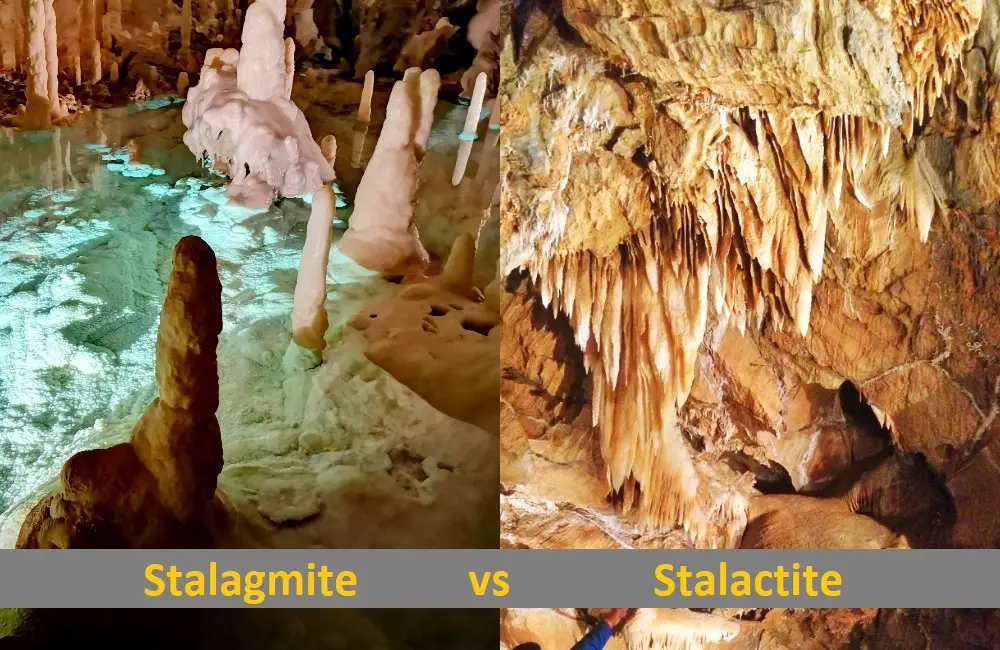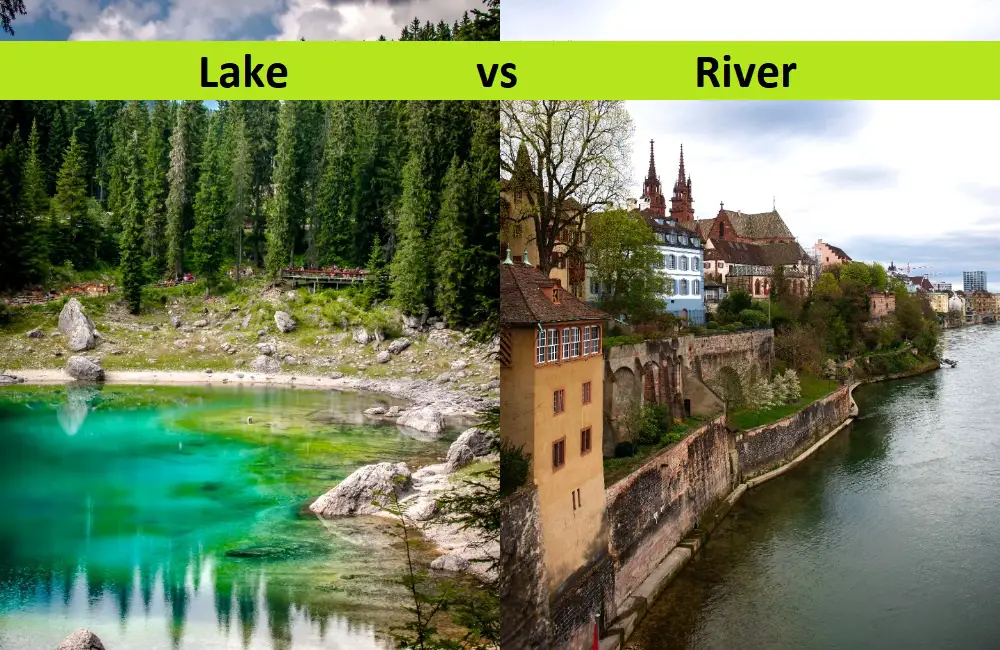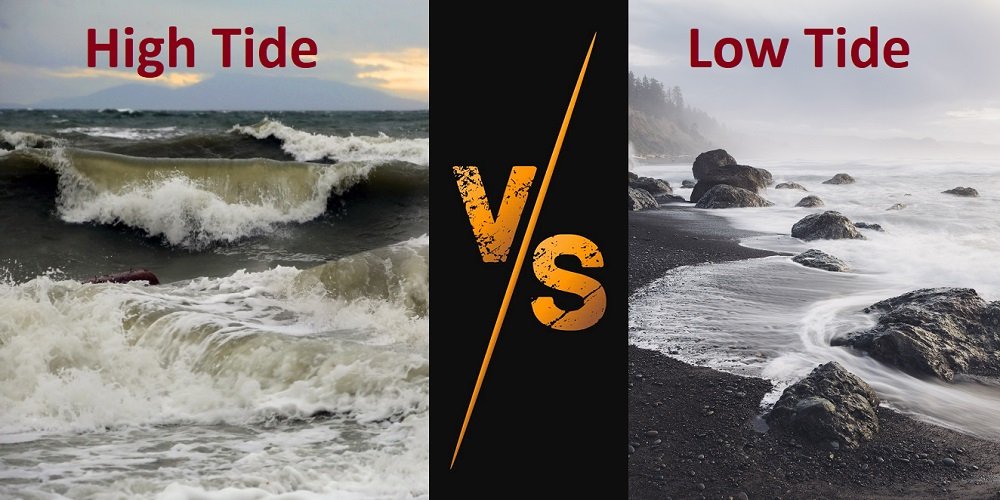Stalactites and Stalagmites: What Are The Differences?
If you are interested in exploring caves and all their majestic natural beauty, first you have to be familiarized with the things you’ll encounter inside. The confusion of stalagmite vs stalactite is a rather common one.
To ensure that you do not make mistakes in distinguishing these mineral deposits, we will discuss the difference between stalactites and stalagmites today.
Let’s start!
Overview: Similarities Between Stalactites and Stalagmites
Stalactites and Stalagmites are two of the most common mineral formations that take place inside caves. They both are speleothems, which means that they are geological formations that are found inside caves. Both of them grow over a very long period of time through mineral deposits.
For speleothems to form, the cave must have dripping moisture present inside, which could be water or another liquid. As the liquid travels through the natural rocks and caves, various minerals get added to it. These minerals then form the stalactites and stalagmites.
Stalactites and stalagmites form very slowly, as it takes thousands of years for the mineral in the water to solidify. The average rate of growth is 10 cm/1000 years. But, this rate varies, depending on other factors related to the cave.
One of these formations starts growing from the ceiling where the water drips, and the other starts forming from the ground, where the dripped water touches.
So, both stalactites and stalagmites grow as a result of the same process. Sometimes, they even connect with each other, creating something referred to as ‘column’.
Both of these mineral formations are very delicate and can be broken off easily. However, since their formation takes thousands of years, it is against the law to break or even touch them.
What Is a Stalactite?
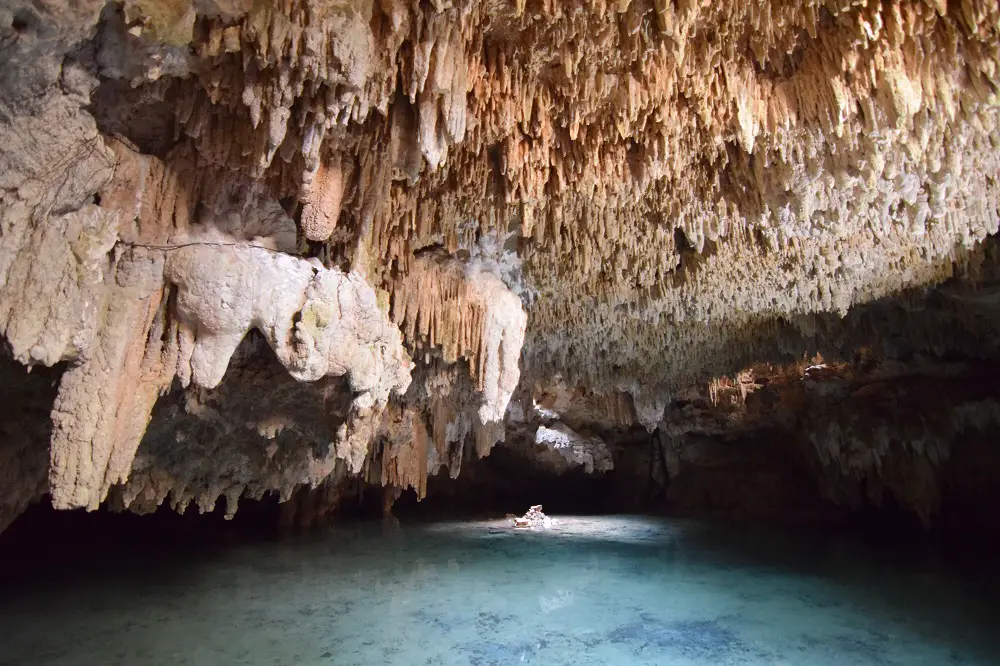
As we have already discussed, Stalactites are mineral formations very commonly found in caves. They grow from the ceilings of caves, coming downwards towards the floor as more layers develop.
Their growth starts from places where transmitting liquid, usually mineralized water, drips from the ceiling.
Because of this, their name, Stalactite, came from ‘Stalaktos,’ which is a Greek word meaning ‘something that drips.’ Stalactites are made up of lava, limestone, sand, minerals, ice, mud, amber, pitch, peat, and concreters.
The centers of these formations have a duct. From the duct, the liquid we mentioned continues dripping or circulating, which allows the formation to keep growing.
What Is a Stalagmite?
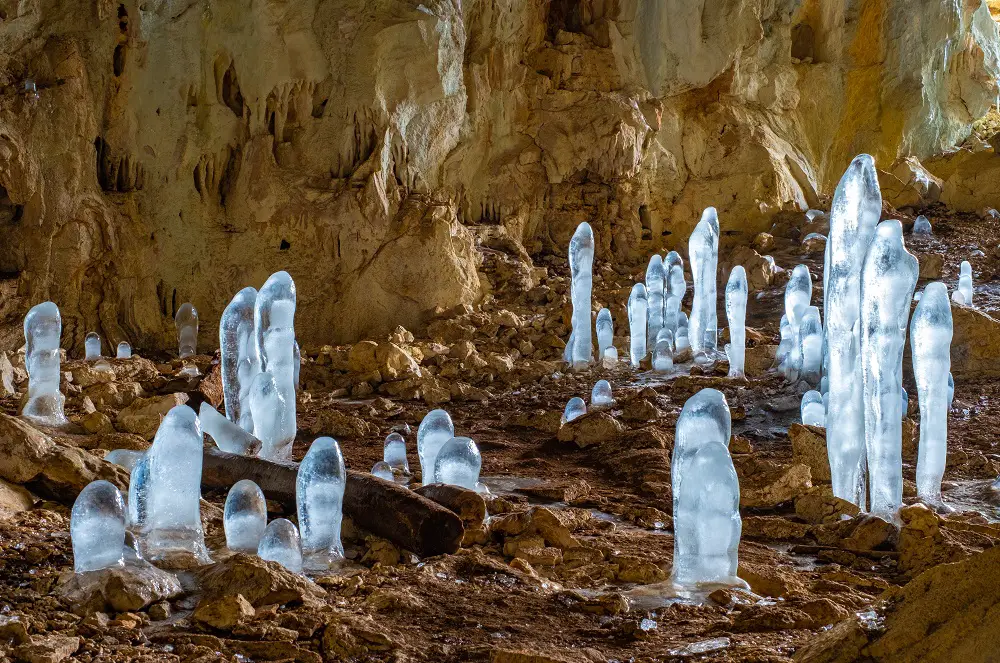
Stalagmites are also mineral formations found in caves, but instead of the roof, they originate from the floor.
These are grown from places where mineral-enriched water falls from the ceiling. The minerals in the water start getting accumulated over time, as long as water keeps dripping in the same place.
Stalagmites get their name from ‘Stalagma,’ another Greek word meaning ‘dropping.’ So, just like stalactites, their name explains their origin. And since stalagmites grow on floors that have a constant dripping of mineralized water, you will very often find stalactites forming on top of them.
As these formations grow from water dripping on it, stalagmites do not have or require central ducts. Their shapes are typically much more irregular and rounded in comparison.
Find Here The Difference Between Rip Tide and Rip Current
Difference Between Stalactites and Stalagmites
If you have been reading up until now, you already know the key factor that sets stalactites and stalagmites apart – the former grows on the ceilings or roofs of caves, while the latter grows on the floor.
Because of gravity and the path water takes as it falls from the ceiling to the floor, stalactites get a pointy tip, much like icicles. So, their base, or the top portion, tends to be the widest. They keep getting slimmer and pointier as they move toward the floor, with their tips being the pointiest.
Due to the same reasons given above, stalagmites grow a rounded, irregular, mound-like shape. Their widest part, by contrast, is the bottom. Basically, each mineral formation is the widest at its base. Also, Stalagmite’s tips are more rounded by comparison.
If you are having trouble remembering names because they are too similar, don’t worry, we have been there too.
A very common trick to remember is to focus on the C in Stalactite and G in Stalagmite. The C refers to the ceiling, which is where Stalactite grows. You can guess what G, as in the ground, means.
Recommended for You:
- River Vs. Lake: What’s The Difference?
- High Tide Vs. Low Tide: What Are The Differences?
- Waxing and Waning: 4 Key Differences
Stalagmite vs. Stalactite: The Comparison Table
Here is a comparison table pointing out all the differences we have discussed above –
| Point of Comparison | Stalactites | Stalagmites |
| Originates from | The ceiling of a cave | The floor of a cave |
| Central Duct | Present | Absent |
| Direction of Growth | Downwards | Upwards |
| Tips | Pointy | Rounded |
| Widest Part | Top | Bottom |
Final Words
We have tried to explain the difference between stalactites and stalagmites as straightforwardly as possible. So, by now, the stalagmite vs stalactite confusion should be clear to you.
Remember to always respect nature and refrain from touching these beautiful mineral deposits because the oil from your skin may interfere with their growth. That would be a shame, wouldn’t it?
